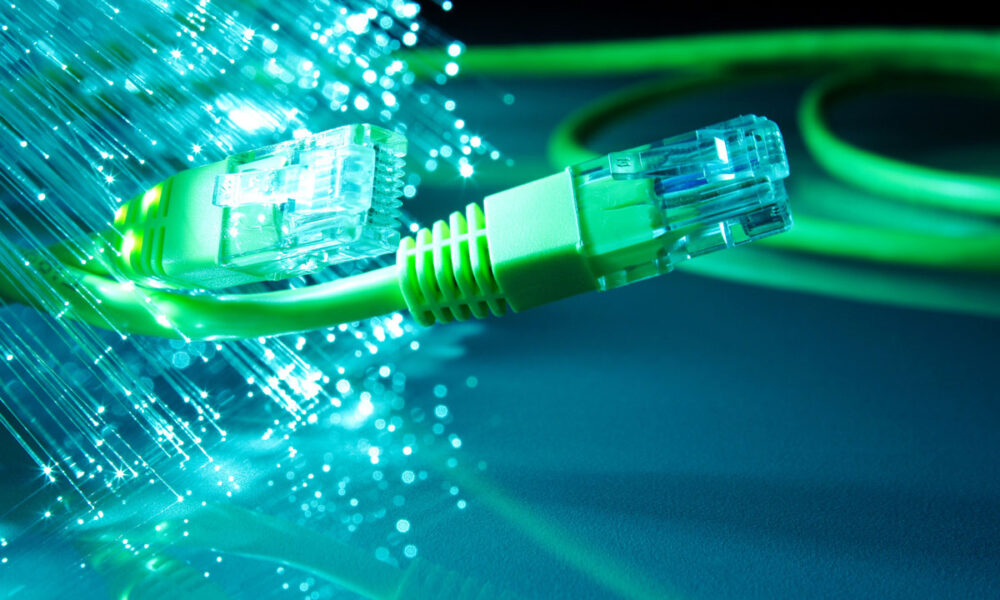Nigeria, Africa’s most populous nation, faces a huge challenge in achieving widespread broadband connectivity, with recent data showing a drop in penetration rates despite efforts to bridge the digital divide.
News About Nigeria gathered that as of January, broadband penetration stood at 42.53 percent, with 92.19 million subscriptions in a country of over 200 million people.
The Nigerian National Broadband Plan for 2020-2025 aims to increase broadband penetration to 70 percent by 2025 and achieve 96 percent mobile broadband coverage by 2030, requiring an estimated investment of $461 million, according to GSMA.
Telecom infrastructure investments by service providers have significantly reduced coverage gaps across Africa, with mobile broadband networks’ coverage gap dropping to 13 percent in 2022 from 56 percent in 2012.
Telcos in Nigeria have played an important role in expanding network capacity and deploying new technologies since the telecom revolution began in 2001.
Despite substantial investments, about 27 million Nigerians lack access to telecom services, primarily residing in rural areas lacking network coverage.
The lack of adequate infrastructure in these regions creates economic challenges because telcos prefer to invest in urban areas because of their increased profitability.
Fibre optic cable deployment is essential for wider connectivity, with 78,676 kilometres deployed across Nigeria as of 2023.
States differ greatly in their deployment of fibre, with Lagos having the highest level of deployment while other states are lagging behind.
To address coverage gaps, governments have introduced policies and established universal service funds (USFs) to deploy broadband infrastructure in underserved areas.
Nigeria’s Universal Service Provision Fund (USPF), established in 2006, aims to achieve universal access to ICTs in rural and underserved areas.
Concerns concerning politicisation and the sustainability of the project have been voiced in relation to the USPF, along with questions concerning its effectiveness and use.
Despite obstacles, the fund has supported rural infrastructure projects, stressing the need for sustainability and profitability.
Recent initiatives, including plans to raise $3 billion for additional fibre optic cables and provide internet access to all 774 local government secretariats, aim to improve connectivity nationwide.
Collaboration between the government, telecom sector, and international partners is important in closing the connectivity gap and ensuring digital inclusion for all Nigerians.

